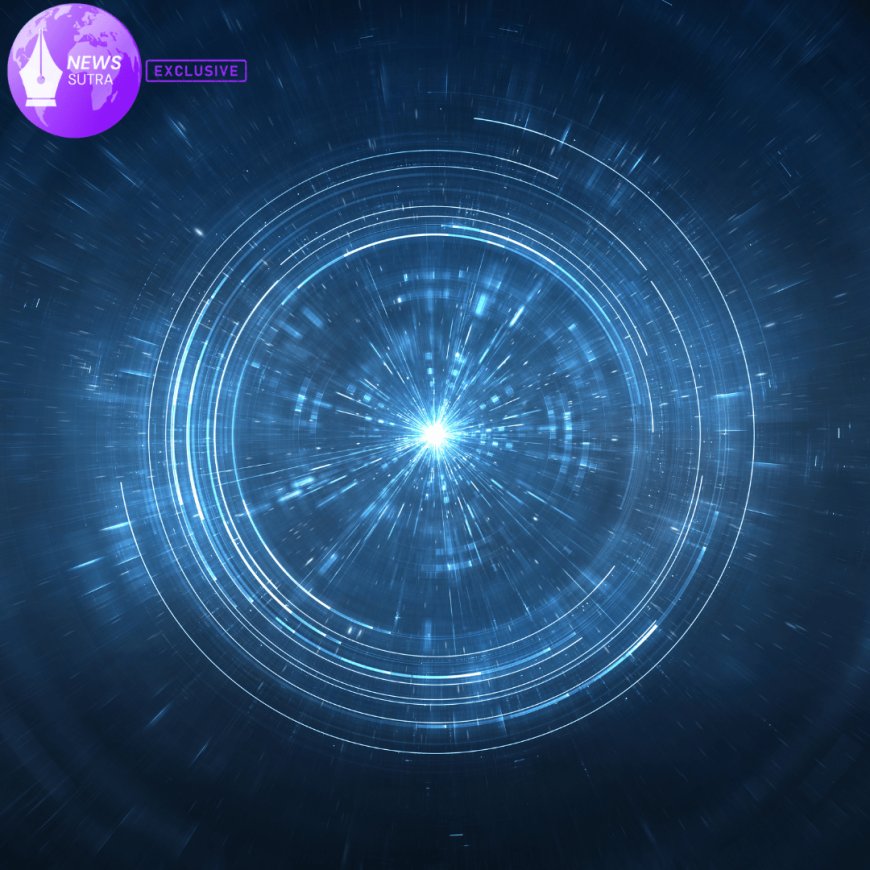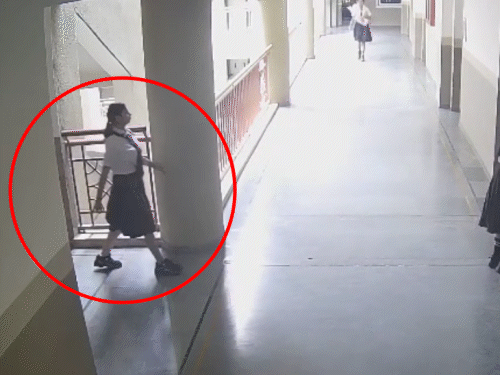American Scientists Race to Decode the Mystery Particle Shaking Modern Physics
American scientists have discovered a potential new particle that challenges the Standard Model of physics. Learn how this breakthrough could reshape our understanding of the universe.

The world of physics is buzzing with excitement and uncertainty after American scientists reported evidence of a mystery particle emerging from high-energy collider experiments. While the particle has not yet been fully classified, its unusual behavior challenges existing theories and could force a rewrite of the Standard Model — the framework that has guided particle physics for nearly half a century.
A Discovery at the Frontiers of Science
The unexpected signal came from experiments at the Fermilab Collider in Illinois, where researchers have been studying proton collisions at unprecedented precision. Unlike the Higgs boson, which was confirmed in 2012, this new anomaly does not fit neatly into existing categories of particles.
Dr. Maria Gonzalez, a leading physicist at Fermilab, explained:
“We’re seeing traces of something that behaves like a particle, but it doesn’t follow the interaction patterns we’d expect. If confirmed, this could mean there are layers of physics we haven’t uncovered yet.”
Such a possibility is revolutionary. It hints that the Standard Model may be incomplete, leaving room for a deeper understanding of dark matter, cosmic evolution, and forces that remain invisible in today’s science.
Why This Particle Matters
To everyday Americans, the discovery may sound abstract, but the implications are profound. If validated, this new particle could:
-
Offer clues about dark matter, which makes up most of the universe’s mass but remains unseen.
-
Reshape our understanding of gravity’s role at the quantum level.
-
Lead to new technologies, just as particle physics in the past led to breakthroughs like the World Wide Web and medical imaging.
In short, it isn’t just science for science’s sake—it could one day alter how we live, work, and even understand existence.
The Role of American Researchers
The United States continues to be at the forefront of high-energy physics. Fermilab’s efforts are complemented by collaborations with the CERN Large Hadron Collider in Switzerland, ensuring that discoveries are cross-checked on a global scale.
Yet, what sets this moment apart is how American labs are innovating with AI-driven analysis. Instead of manually sorting through billions of collision data points, machine learning systems now detect subtle anomalies that the human eye could never notice.
Dr. Kevin Marshall, a data scientist on the team, noted:
“The amount of data produced in these experiments is astronomical. Without artificial intelligence, we wouldn’t even know this particle existed. Technology is no longer just assisting science—it’s driving it.”
Beyond the Lab: A Cultural Shift in Science
This discovery also highlights a broader cultural shift. Younger researchers, graduate students, and independent physicists are increasingly contributing through open-source collaborations. Online data pools allow more scientists—far beyond the walls of elite universities—to examine results and test theories.
Such democratization of science ensures that groundbreaking findings are debated, scrutinized, and accelerated at an unprecedented pace.
What Comes Next
The scientific community is cautious. Confirming a new particle requires years of testing, replication, and peer review. False alarms have occurred before, such as anomalies that later vanished under stricter scrutiny.
Still, the optimism is unmistakable. If validated, this mystery particle could usher in the biggest shift in physics since Einstein’s relativity.
For those wanting to understand how particle physics shapes modern science, resources like Fermilab’s official research updates and CERN’s collider reports provide accessible insights. These platforms break down findings in a way that both scientists and curious readers can appreciate.
Conclusion: A New Chapter in Human Knowledge
As 2025 unfolds, the race to decode this mystery particle is more than just an academic pursuit—it’s a reminder of the unending human quest for understanding. American scientists are not only probing the smallest building blocks of reality but also reshaping the narrative of what it means to explore the unknown.
The discovery stands as both a scientific milestone and a cultural moment, one that could define how this generation views the universe and our place within it.
What's Your Reaction?
 Like
0
Like
0
 Dislike
0
Dislike
0
 Love
0
Love
0
 Funny
0
Funny
0
 Angry
0
Angry
0
 Sad
0
Sad
0
 Wow
0
Wow
0








































































